OpenLIFU: Accelerating Focused Ultrasound Research with Open Source Hardware and 3D Slicer Driven Software
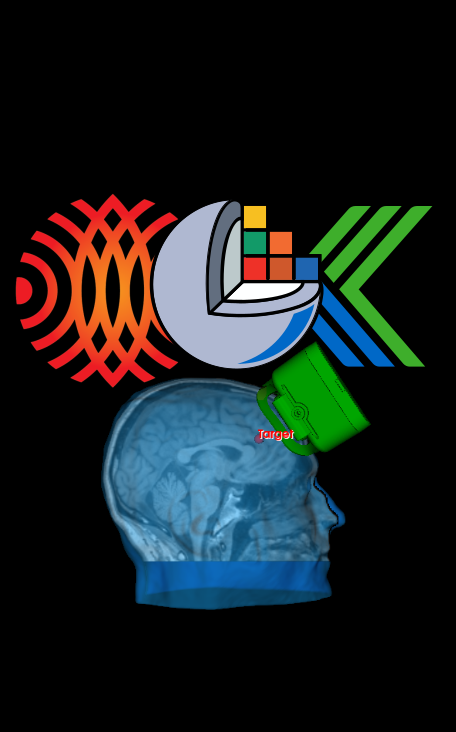
We are excited to showcase a collaboration between Openwater and Kitware Inc. to accelerate the development and adoption of Low-Intensity Focused Ultrasound (LIFU) technology. Combining Openwater’s cutting-edge hardware with Kitware’s expertise in medical software development, we aim to make LIFU accessible to researchers and medical device developers through the OpenLIFU hardware and software suite. Openwater’s OpenLIFU is a platform for designing and operating therapeutic ultrasound devices, with a particular focus on wearable transducers that transmit focused ultrasound into the brain and that could form the basis of new treatments for neurological and neuropsychiatric disorders. The software technology, which handles treatment planning and neuronavigation, is developed by Kitware and driven by 3D Slicer, an open source medical computing platform. The software consists of a 3D Slicer extension as well as a complete standalone custom application.
The OpenLIFU custom application is geared towards clinical users and includes a streamlined workflow, while the Slicer extension, SlicerOpenLIFU, is geared towards engineering users and is intended to be used with the full power and flexibility of 3D Slicer. Underlying both is the python library openlifu, jointly developed by Openwater and Kitware. The python library contains the hardware interface as well as the underlying neuronavigation, device fitting, and ultrasound simulation algorithms.

This tiered software design facilitates collaboration and maintenance.
Focused Ultrasound
Focused ultrasound (FUS) refers to the use of ultrasound as a form of treatment. For many years, High-Intensity Focused Ultrasound (HIFU) has been used to thermally ablate or precisely destroy unwanted tissue (e.g. tumors) deep in the body, providing a means of non-invasive surgical intervention. LIFU, on the other hand, uses substantially lower levels of ultrasound which do not damage tissue through heat and pressure, but which can, nonetheless, have therapeutic effects on tissues that are particularly sensitive to the applied pulses. One such application of LIFU is neuromodulation, in which ultrasound is used to stimulate neurons to temporarily affect brain activity in a particular location. Other prominent forms of non-invasive neuromodulation are TMS (transcranial magnetic stimulation) and tDCS (transcranial direct current stimulation). Compared to these, ultrasound can be focused with higher spatial resolution, and can penetrate more deeply into the cortex [1]. LIFU has shown great promise in the treatment of various neurological and neuropsychiatric disorders [1,2,3], but the actual effectiveness and mechanism of action remain poorly understood [4]. OpenLIFU gets this emerging medical technology into the hands of researchers and product developers at low cost with open source software and hardware.
OpenLIFU*
The standalone custom application was developed by Kitware using the SlicerCustomAppTemplate.
The workflow is a typical one in neuromodulation. To plan the treatment, an MRI scan of the patient is needed to locate the desired sonication target and prepare device fitting. During treatment, the device must be tracked in patient MRI space so that the ultrasound beam can be focused precisely at the target in the brain. Let’s break this down by looking at the OpenLIFU Slicer modules.
The OpenLIFU Data module coordinates subject and session data during treatment workflows. It tracks active subjects, sessions, and computed sonication solutions, and makes them available to all modules.
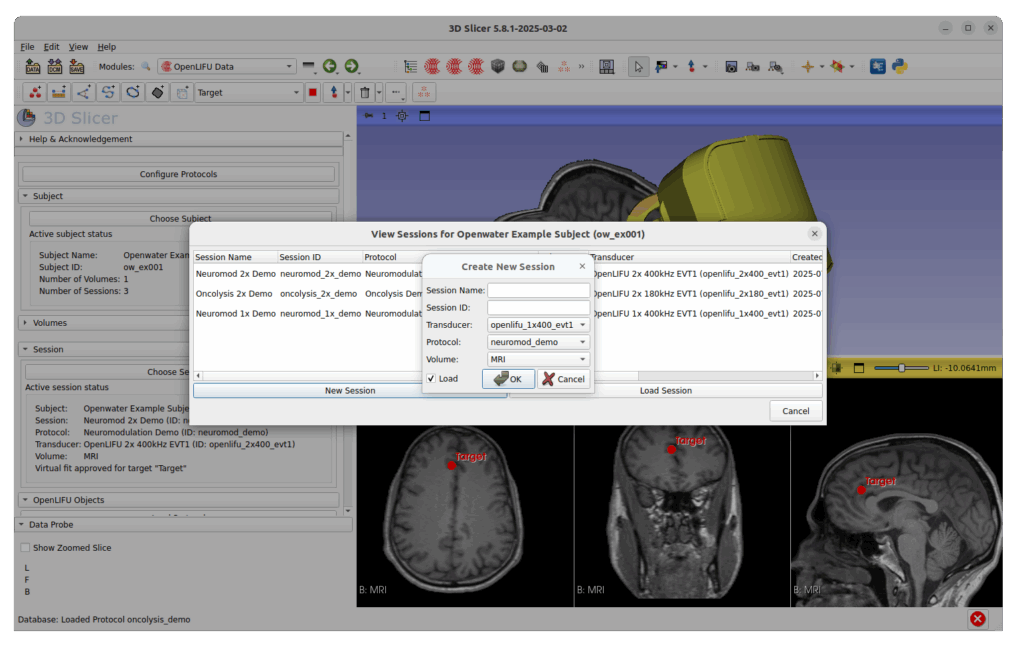
The OpenLIFU Pre-Planning module is used to localize sonication targets and virtually fit the transducer device in patient MRI space, planning out how the device can be positioned in order to effectively steer the ultrasound beam to a target. This module is intended for use before a patient comes in for treatment, but after an MRI scan is acquired.
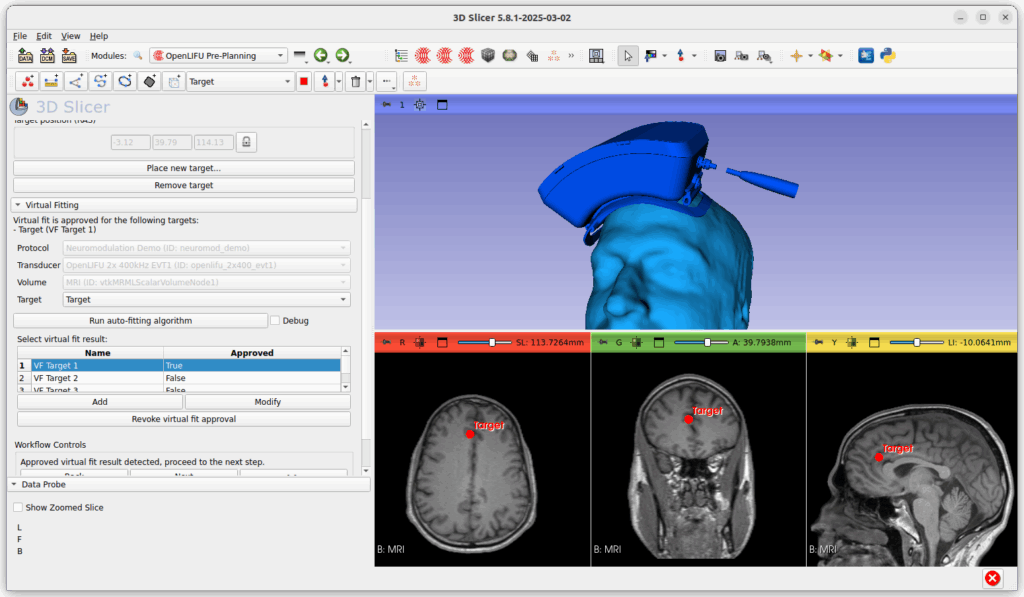
During treatment, the Openwater Android app is used to capture photos of the patient wearing the transducer device, positioned to approximate the pre-planned virtual fit. The OpenLIFU Transducer Tracking module then imports these photos and uses them to generate a photogrammetric mesh that drives a neuronavigation workflow. This updates the position of the transducer device in patient MRI space to track the physical device.
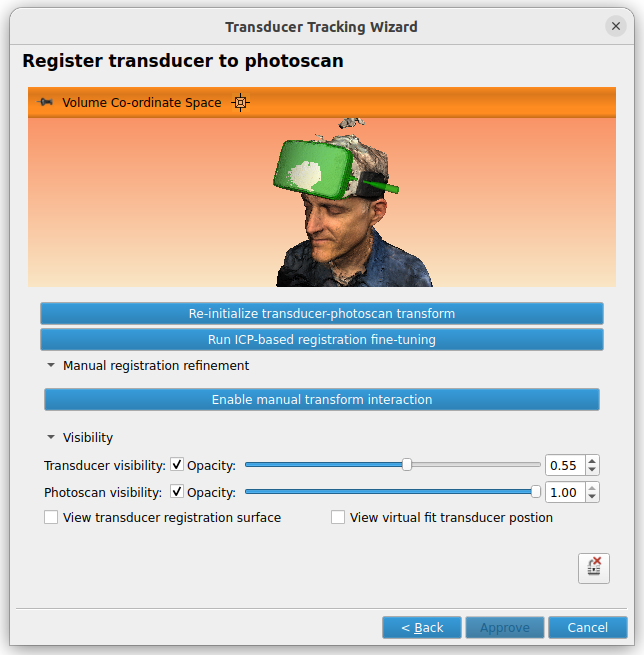
The OpenLIFU Sonication Planning module runs a simulation of the propagation of acoustic waves based on the tracked device positioning and the acoustic properties of tissue in the patient MRI space. This enables it to check safety parameters and generate suitable hardware configurations for the OpenLIFU transducer.
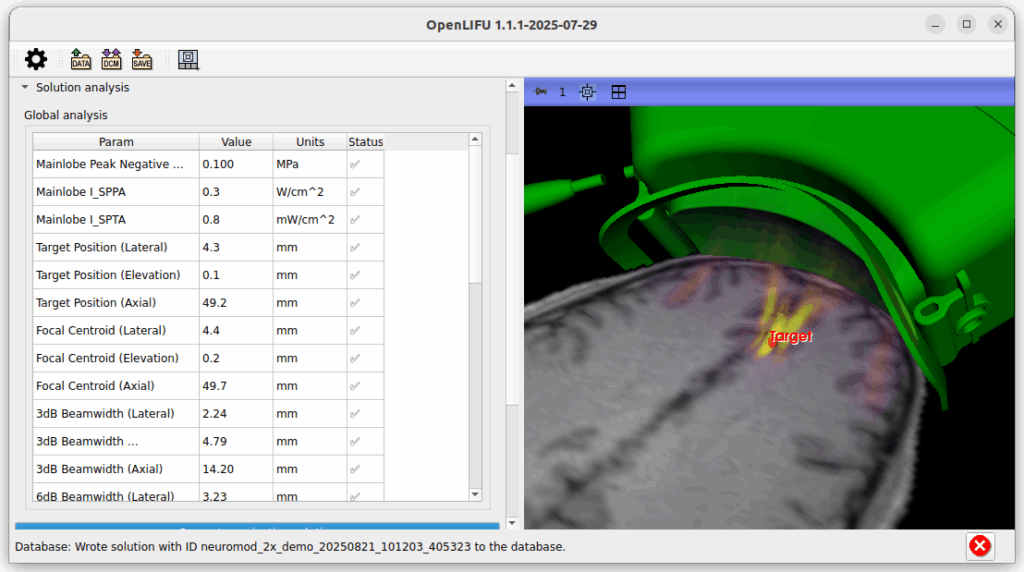
The OpenLIFU Sonication Control module interfaces with the OpenLIFU device to execute the planned sonication.
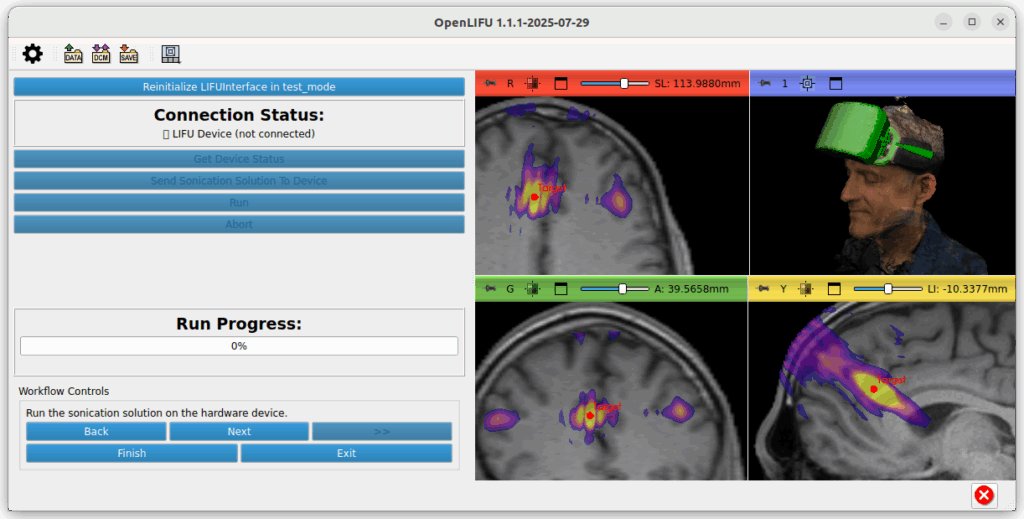
Lastly, independently of the workflow, the OpenLIFU Protocol Configuration module enables the management and creation of custom sonication protocols for advanced users.
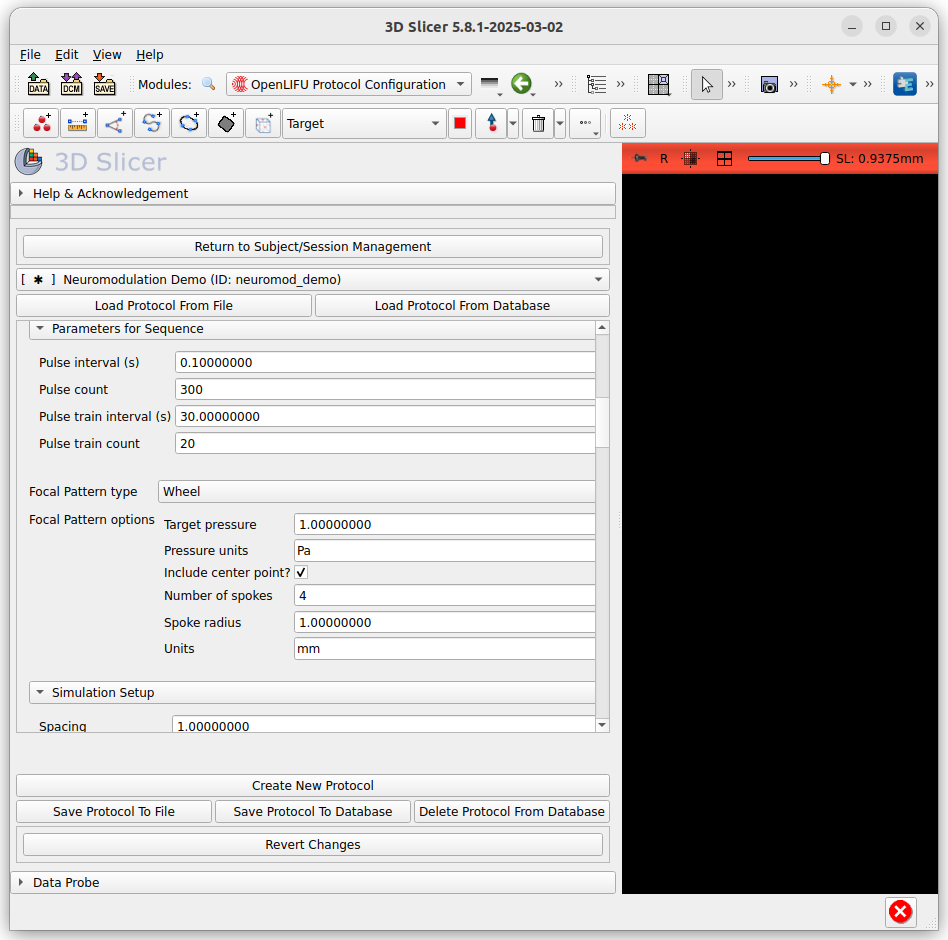
Get Involved with OpenLIFU
To learn more about OpenLIFU or get a hold of your own device for research, contact Openwater at community@openwater.cc, or join the Discord Community. Openwater’s software is available on github. For more information on LIFU and other focused ultrasound research, check out the clinical work at Openwater and the general resources at https://www.fusfoundation.org.
*OpenLIFU is for research use only and not intended for the diagnosis or treatment of disease.
Tailored Solutions and Dedicated Support
3D Slicer is open source and permissively licensed so that you can customize it for your own needs. If you would like support in doing that, Kitware offers advanced software customization and R&D services. Whether you want to build custom workflows, integrate deep learning models, or deploy software at scale, our team of domain experts can help. Contact our team to explore how we can help you achieve your goals.
References
[1] Cox, S. S., Connolly, D. J., Peng, X., & Badran, B. W. (2025). A comprehensive review of low-intensity focused ultrasound parameters and applications in neurologic and psychiatric disorders. Neuromodulation: Technology at the Neural Interface, 28(1), 1-15.
[2] Schachtner, J. N., Dahill-Fuchel, J. F., Allen, K. E., Bawiec, C. R., Hollender, P. J., Ornellas, S. B., … & Allen, J. J. (2025). Transcranial focused ultrasound targeting the default mode network for the treatment of depression. Frontiers in Psychiatry, 16, 1451828.
[3] Bawiec, C. R., Hollender, P. J., Ornellas, S. B., Schachtner, J. N., Dahill‐Fuchel, J. F., Konecky, S. D., & Allen, J. J. (2025). A Wearable, Steerable, Transcranial Low‐Intensity Focused Ultrasound System. Journal of Ultrasound in Medicine, 44(2), 239-261.
[4] Fini, M., & Tyler, W. J. (2017). Transcranial focused ultrasound: a new tool for non-invasive neuromodulation. International Review of Psychiatry, 29(2), 168-177.